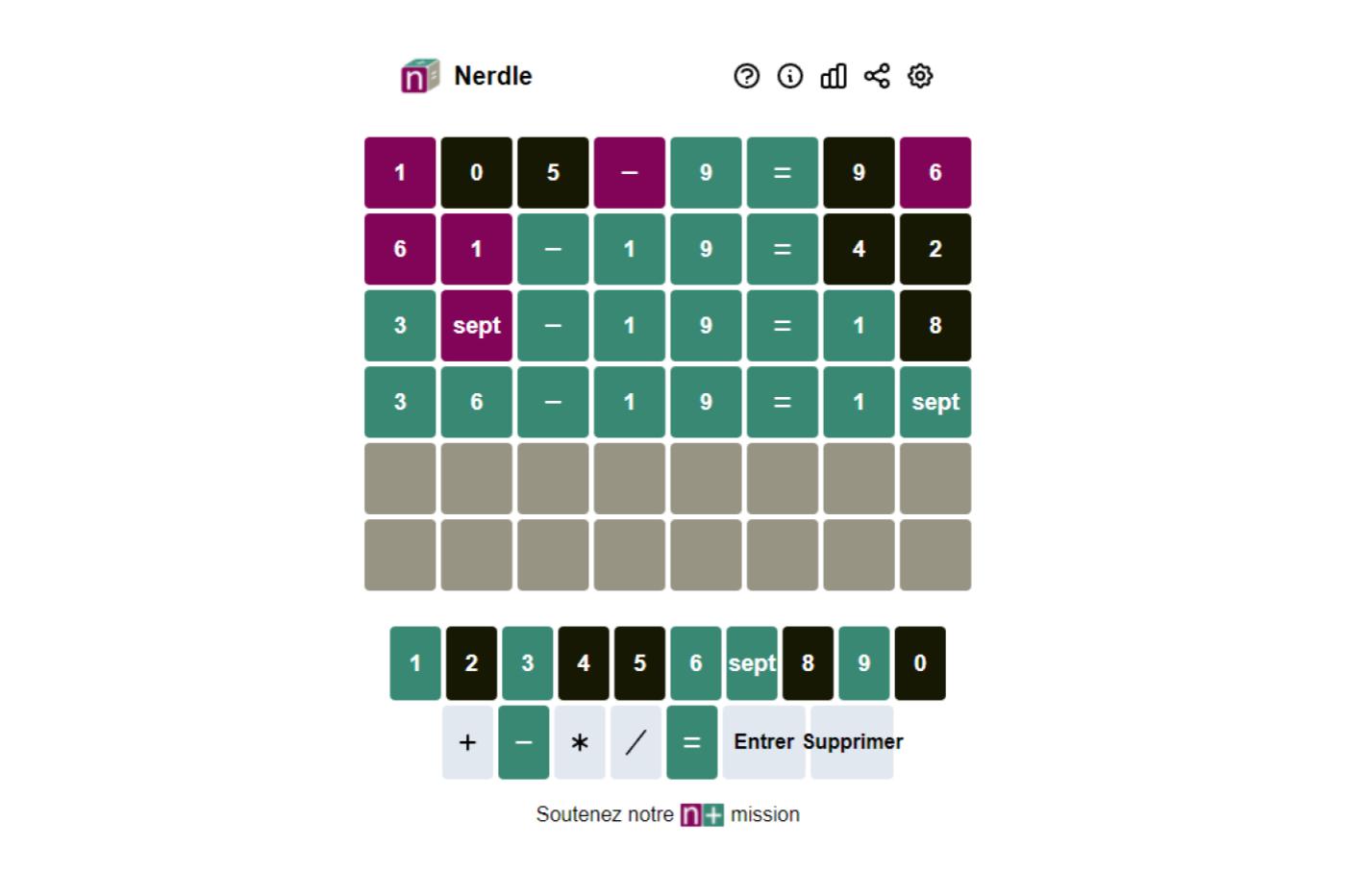
Low-code has become an unstoppable phenomenon. And it’s normal. Until not too long ago, application development was reserved for experienced programmers. In recent years, however, the platforms that facilitate development are multiplying, so that beyond the “physical barriers” of the IT department, it is no longer necessary to be an expert programmer or have exhaustive knowledge of the latest languages. programming, for launch all kinds of applications that speed up any process.
In systems departments, the adoption of this type of platform promises a whole series of advantages, such as more agility and speed in new developments (which can take from months to days), an interesting cost reduction and a more efficient user experience. consistent throughout the organization. However, it is still highly recommended that users have some technical knowledge and the role that these platforms can play in regulated environments must be taken into account. However, the general feeling is that the advantages outweigh the possible disadvantages.
In fact, this agility in times is increasing the adoption of these platforms, with studies indicating that in 2022, four out of ten companies are using this type of platform to create mission-critical solutions for their business operations. ; or that employees who do not have a technological base, are increasingly involved in tasks directly related to ICT within their organizations.
But if this is the scenario of the big figures, at MCPRO we wanted to find out how these platforms are developing in Spain and, above all, what response they are finding from companies. For this, in collaboration with OutSystems and Altia, we have held “Low-Code Platforms: Transform your business on time and with agility” a meeting in which we have had the participation in a lunch-round table format, of the technical managers of some of the most outstanding companies in sectors such as banking, insurance, education or health.
Specifically, in our meeting we have had the opportunity to exchange impressions with Jose Manuel Gonzalez (infrastructure director of EVO Banco), Beatriz Rodriguez Gomez(director of digital transformation projects at RocaJunyent), Paul Gonzalez Moro(managing director of Futurs – Ribera Sanitary Group), Rodrigo King(product manager of the LaLiga Tech digital ecosystem), German Risk Moreno(system director of ALD Automotive), Luis J. Rios Pita(director of master’s and higher technology programs at ESIC Business & Marketing School), Armando Grandson Ranero (Chairman of Divina Seguros), Peter Sacristan (Mapfre deputy director of technology), Manuel Moor (Operations manager of Grupo Banco Caminos technology area), Jesus Yanez (IT and Cybersecurity partner of Écija), Sergio Garcia Desplat (OutSystems Country Leader) and Ines Ruiz Muzquiz(Altia’s low-code business development manager).
The event has been moderated by Gustavo de Porcellinis, commercial director of TPNET and rudolph of Joan, editorial coordinator of MCPRO. Here are some of the most interesting conclusions reached during the meeting.
More collaboration between IT department and business
That low-code platforms have entered companies like a gale is something that, to a certain extent, has caught those responsible for digital transformation off guard. On the one hand because, as we have seen, they have discovered that there is a much more agile way of developing applications, but also because the lines between the IT department and the rest of the business are blurred.
Thus, the implementation of these platforms forces departments to rethink (to a certain extent) the role they are going to play in the organization. Here, as Manuel Moreno points out, it is important for the ICT departments “not to be ‘stoppers’, but to accompany and empower the workers” and precisely, the weight that this accompaniment must have has been one of the issues that has been most discussed. highlighted throughout the discussion.
In the first place, due to the knowledge that users who do not belong to the systems department may have: “there can be no democratization of data if there is no training. In reality, whoever is going to use these platforms needs to have certain technical knowledge,” says Armando Nieto. But also, to know who does what and why (“to avoid possible mistrust from IT, it is necessary to be very clear about the type of user who is going to use the platform” – Rodrigo Rey) or how the use and good health of a development (“you constantly have to do consultancy work, which also involves knowing how to involve the business” – Germán Risk).
In this sense, almost everyone agrees in pointing out, as Luis J. Ríos Pita ends up verbalizing, that ultimately what is important “is to find a middle ground between the IT department and the business. And at this midpoint, low-code has a role and will continue to have a very interesting role to play”; especially if we take into account that, as Risk also adds, “in Spain there is a new generation that does come with technological knowledge and that can take advantage of these tools, if it also has the appropriate support.”
Security and highly regulated environments
For many years, systems departments have seen the proliferation of Excel and Access files throughout organizations as one of the main problems when it comes to controlling the flow of information, ensuring data consistency and once moreover, understand who does what and what implications it may have from the point of view of security and even the privacy of what is shared. And it is true: the extension in the use of low-code platforms can imply certain risks in this same field. But it is also no less, than the degree of control over them is much greaterthat on files that literally fly “from table to table” on many occasions with little control.
This is how Pedro Sacristán expresses it, for example, when he indicates that one of Mapfre’s objectives when implementing these platforms is for the staff to “understand that they have tools that they can use and with which they can experiment, no matter how much there are things that you cannot leave untouched.” low-code hands. In this sense, we want to eradicate the use of Excel or Access”.
And this is especially interesting when those who speak are representatives of highly regulated sectors such as banking or insurance, in which the technological tools and the auditing of the use of data is exhaustive. Even in territories as resistant to the use of new technologies as the legal sector can sometimes be, the use of these platforms can be a competitive advantage, if done with compliance and security guarantees.
Beatriz Rodríguez affirms in this sense that “low-code platforms can be useful to improve the capacity for digital transformation and adaptation to new processes in sectors that traditionally are reluctant to use new technological tools”, to which Jesús Yáñez adds that “Even in a sector as regulated as ours (legal), the use of low-code has proven to be tremendously effective in speeding up, for example, the signing of contracts.”
But is this progressive democratization equivalent to ensuring that we are heading towards a future scenario of Citizen-Developers in organizations? This is something that ultimately and at least for now, none of those attending our debate has just been so clear. And this feeling of a “yes, but perhaps not as quickly as we might believe”, is expressed by José Manuel González when he says that “it is complex to reach an environment of citizen developers because in the end what is needed are people who After a simple initial project, they are very clear about what they are doing and how to actually work with the data (not to mention other technical details), so of course now the ones who are going to benefit the most from low-code environments are the IT professionals” … even though, as Pablo González also assures, perhaps what we are really heading towards in the medium term is “more liquid IT departments, more hybrid with the rest of the organization, whether in low-code or in other settings”.
Streamline processes: develop more and in less time
But whether in the hands of these citizen developers, or in the hands of IT professionals, what does seem to be proven is that low-code platforms allow more development and less time.
Throughout the meal, Sergio García Desplat alludes precisely to a study commissioned by OutSystems and in which more than 800 programmers from all over the world have participated and which reflects that the use of this type of platform is improving their work in two ways : By providing them with the means to speed up software development and deployment and by making them a facilitator of access to development for other employees in their companies who don’t have that experience. This also does not imply that the use of other languages and tools is left aside. The same study indicates that 59% of the users of these platforms use other “conventional” programming languages at the same time, which results in greater productivity for their teams.
To this, Inés Ruiz adds that “the experience we have and that is what we tell our clients is that it is low-code allows you to do between three and five times more. It is very important to know where and how you want to carry out the first projects, but the normal thing is that once people become familiar with the use of the platform, the speed of software delivery triples”.
It is an extreme in which almost all the attendees agree and in which Armando Nieto Ranero assures that in reality there is no going back for low-code: “low-code is imposing itself even if we don’t want it to. Let’s think that even an environment like .Net is low-code. Who is going to give up environments that allow projects that used to take three months to be completed in three hours?”
What worries then? Beyond what we have seen so far and it is who has access to what or how business and systems are involved, coming to depend on platforms that, as in the case of the cloud, it is easy to enter but at first glance is not it is so clear to what extent the level of dependency can go, or as José Manuel González indicates “as in the case of the loads that we upload to the cloud, also in the use of low-code tools it can be a good idea to have a Plan B”.
But this being so, and even as Sergio García Desplat indicates, “we are still in the early stages of developing low-code platforms – we find ourselves in the same situation as cloud computing ten years ago, but with a greater acceleration” – nobody doubt that, as Beatriz Rodríguez points out, “for many companies, especially for SMEs, low-code is going to be a before and after when it comes to facilitating their development tasks.”
Companies like Outsystems are the ones that provide los-code platforms designed so that developers can quickly create and manage their applications, thanks to features such as its complete integration with full-stock, its compatibility with methodologies agile or its scalable architecture.






